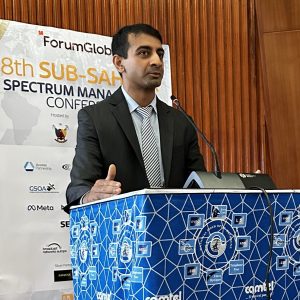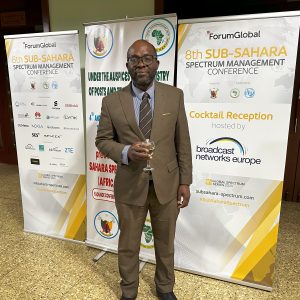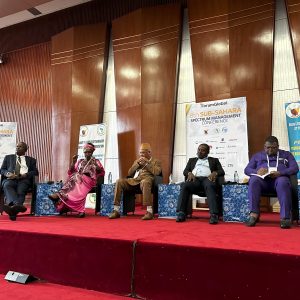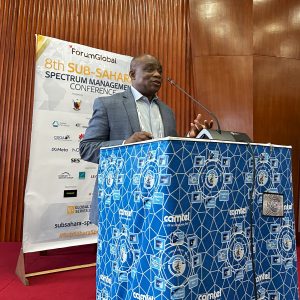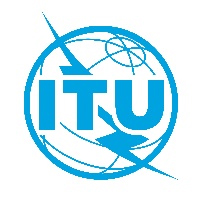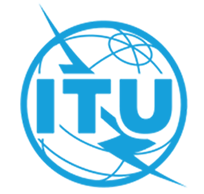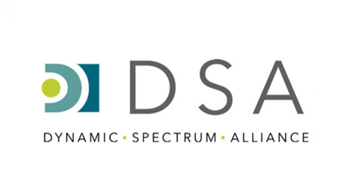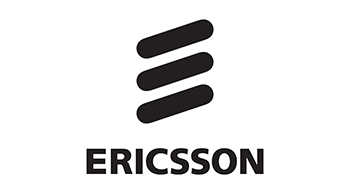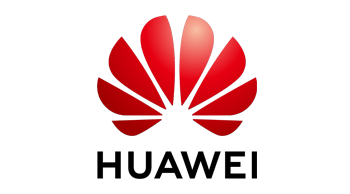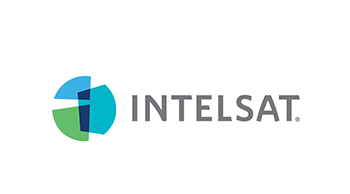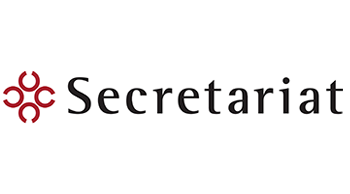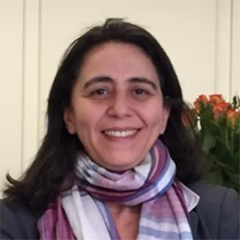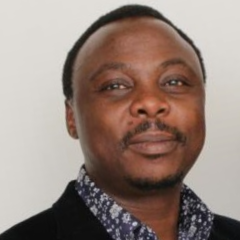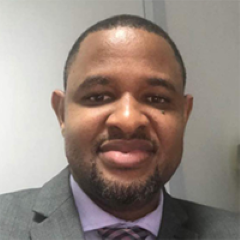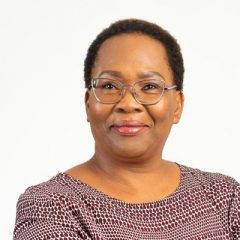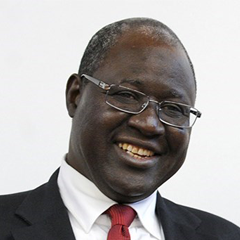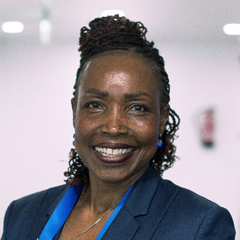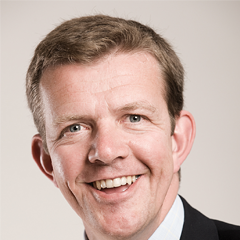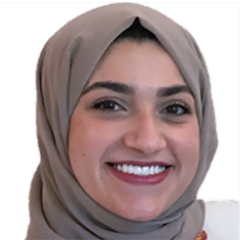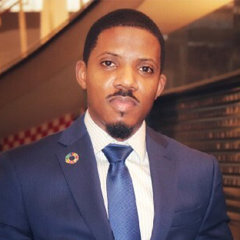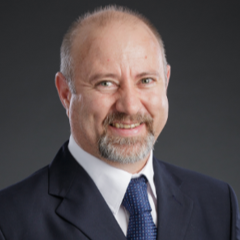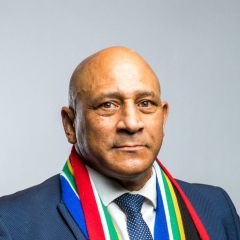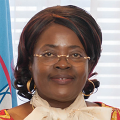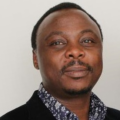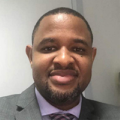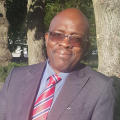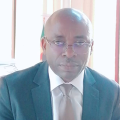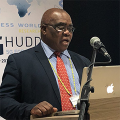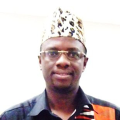RF Manager CAMTEL
Mr. DIFFO Bertin’s journey is one of dedication, expertise, and unwavering passion for the telecommunications industry. Through his extensive academic background, diverse professional experiences, and remarkable contributions, he has left an indelible mark on the sector.
Mr. DIFFO Bertin embarked on his educational journey in the picturesque village of Bamboutos, where he attended the Ecole Publique de Bantan. His passion for knowledge led him to the Lycee de Biyem Assi in Yaounde, where he obtained his Baccalaureate.
Seeking to further expand his horizons, Mr. Bertin embarked on a new adventure in Germany. He immersed himself in a language course at the Technische Universitat Clausthal to refine his linguistic skills and facilitate integration into his new environment. With his determination and thirst for knowledge, he subsequently moved to Frankfurt and enrolled at the University of Applied Sciences of Wiesbaden. There, he acquired a Diploma of engineering in Information & Electrotechnic, followed by a Masters in Telecommunications, solidifying his expertise in the field.
After completing his studies, Mr. Bertin began his professional career at AREVA – NP Gmbh in Offenbach, Germany, dedicating two years of his time to the company. Seeking new challenges, he joined Deutsche Telekom for a year before returning to Cameroon in 2011. The esteemed telecommunications company, Camtel, recognized his talents and expertise, thus welcoming him to their team.
Since his return to Cameroon, Mr. Bertin has consistently demonstrated his dedication and capabilities within Camtel. He has steadily progressed through various ranks, starting as Chef Section, then advancing to Chef Service and Chargé d’étude assistant. His exemplary skills and commitment were acknowledged, leading him to assume the position of Directeur Technique pour la Région du Centre. Currently, Mr. Bertin holds the esteemed position of Chef Departement Strategie et Developpement for the national territory, further showcasing his leadership qualities and strategic acumen.
Throughout his career, Mr. Bertin has made significant contributions to the development of Camtel’s mobile network. His expertise spans multiple generations of technologies, including CDMA2000, CDMA1XEVDO, GSM, UMTS, and LTE. His role in the designing, planning, deployment and maintenance of these networks has been instrumental in enhancing connectivity and communication across the country.
Notably, Mr. Bertin has been a key figure in coordinating RF spectrum with the regulatory authority, ART, and other local operators as well as neighboring countries in the regional zone. His exceptional coordination skills and strategic mindset have been invaluable in ensuring optimal utilization of RF resources and fostering collaboration within the telecommunications sector.
Despite his numerous accomplishments, Mr. Bertin remains humble and dedicated to his work. In his personal life, he is a loving husband and a proud father of four children. His ability to balance his professional and personal responsibilities is a testament to his admirable character and commitment.









